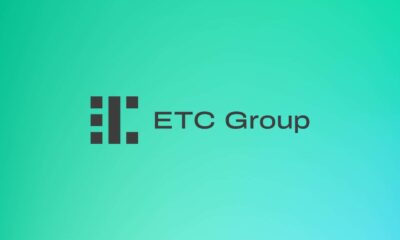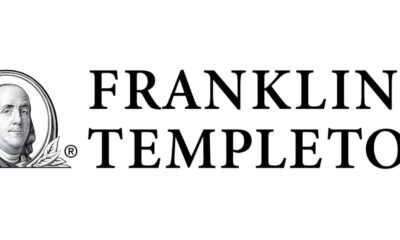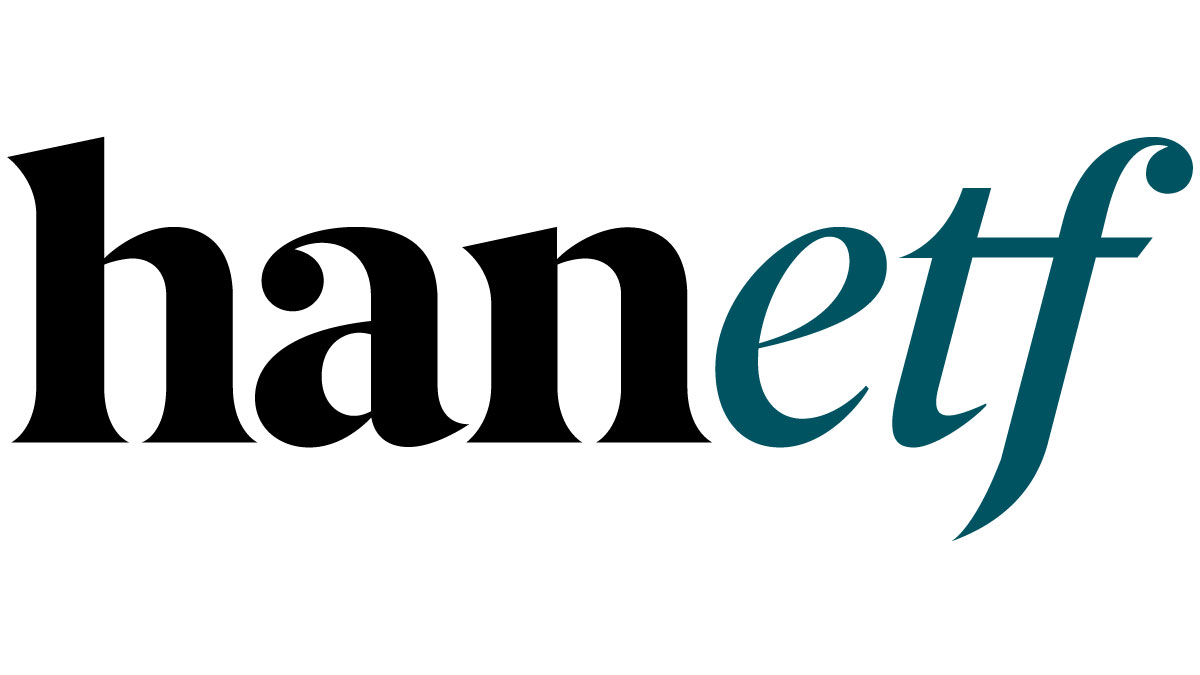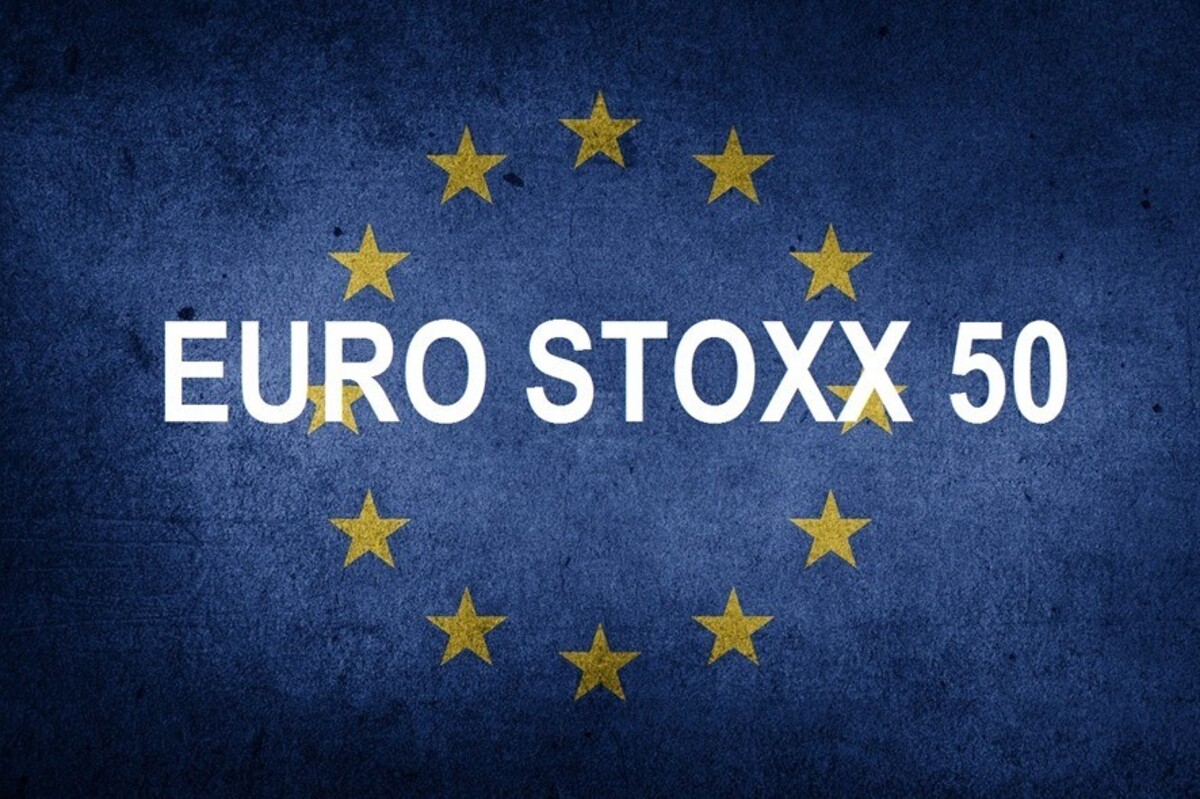“A single search query on Chat GPT consumes around 1500% more energy than a simple search google search. The overall energy amounts are marginal on their own. Even taken in aggregate, it is a blip in terms of total global energy demand. However, it is illustrative of the potential big increases in electricity demand that will come from the AI revolution.
“Over the past 20 years, the US has seen its electricity demand stagnate. While its economy has grown, it has been able to avoid the need to add electricity generation thanks to efficiency savings. But this is now changing, and a big reason is the boom in data centre demand, with AI datacentre demand in particular.
“For example, Virginia has one of the densest clusters of data centres in the US. Dominion, the utility company servicing the state, had previously forecast net energy to increase by 2.9% between 2022 and 2037. Now they forecast a compound annual growth rate (CAGR) of about 4.4% between 2023 and 2028, principally due to energy demand from data centres. Similar patterns can be expected across the country.
“So, while many investors are chasing the AI theme through exposure to tech stocks, especially through big names such as Microsoft, it is also worth highlighting the materials or commodity angle — a literal picks and shovels approach.
“Nuclear energy will provide a key role in supplying the electricity for this expected boom in electricity demand, particularly given its zero-carbon credentials. We’ve already seen Amazon purchase a data centre situated next to a nuclear power plant in Pennsylvania for Amazon Web Services.
“With more nuclear energy generation, uranium will see greater demand. The uranium market is already tight with forecast deficits of supply vs demand. Primary uranium mine supply is significantly trailing demand, with a cumulative forecasted supply shortfall of approximately 1.5 billion pounds by 2040. This added component will put more pressure on the uranium price, to the benefit of the miners.
“But generating electricity is only one part of the story. At the same time, getting the electricity generated by nuclear energy to the end user requires transmission. That requires a lot of copper. A build of new data centres will require a buildout of copper-intensive transmission lines.
“As with uranium, the copper market is facing a supply deficit. Copper will be a key metal in the energy transition, with 2.5x more copper wiring in an EV vs a conventional car, while solar panels and wind turbines require grid expansions and upgrades. The additional demand for copper from the AI revolution and data centre build up simply adds to this.”
HANetf is the issuer of the Sprott Uranium Miners UCITS ETF (U3O8), Sprott Junior Uranium Miners ETF (U8NJ) and the Sprott Copper Miners ESG-Screened UCITS ETF (ASWD).
Gold’s curious rally
“Gold has hit several new all-time-highs this year, breaching $2,431/oz. This has been driven by central bank buying, geopolitical-driven safe-haven buying, emerging market investment demand, as well as anticipation around forthcoming Federal Reserve rate cuts, albeit with declining expectations regarding the latter.
“But it is worth looking into some of these drivers themselves. Let’s start with anticipated rate cuts. Gold looks more attractive when interest rates are low or expected to be cut. Gold is a non-yielding asset, so it becomes more attractive the lower yields are on other assets such as bonds. So, with the year starting with expectations of several Federal Reserve rate cuts, gold came into focus.
“But the curious case of this year’s gold market rally is that, despite expectations around these rate cuts gradually receding, with more cautious language from the Fed and some less than positive inflation data prints, the gold rally has continued unabated.
“There are several reasons for this. First, the geopolitical climate is increasingly top of mind for investors. The war in Ukraine continues and we’ve seen a potentially dramatic escalation in the Middle East with Israel and Iran launching missile attacks on one another.
“At the same time, we’ve continued to see central banks buying gold for their reserves. This has principally, but not only, been driven by China. This is geopolitics related, as many see the Chinese central bank’s gold buying being driven by a movement among the BRICS countries towards de-dollarisation. But a key point here is that central banks are a potentially less price-sensitive buyer – their demand is driven by other strategic considerations.
“But while gold has rallied, gold ETF and ETC investors have been absent. This is not how it usually works. Inflows into gold ETFs and ETCs have historically been fairly well correlated with the gold price, but this year a gap opened up. US and European investors were selling gold while the price went up. However, latest data from the World Gold Council now shows that in March, there were slight positive inflows in gold ETFs among American investors. Europeans were still selling, but the uptick in gold ETFs in the US does potentially suggest a trend change.”
HANetf is issuer of The Royal Mint Responsibly Sourced Physical Gold ETC (RM8U) and AuAg ESG Gold Mining UCITS ETF (ESGO).

 Nyheter2 veckor sedan
Nyheter2 veckor sedan
 Nyheter4 veckor sedan
Nyheter4 veckor sedan
 Nyheter2 veckor sedan
Nyheter2 veckor sedan
 Nyheter4 veckor sedan
Nyheter4 veckor sedan
 Nyheter2 veckor sedan
Nyheter2 veckor sedan
 Nyheter4 veckor sedan
Nyheter4 veckor sedan
 Nyheter3 veckor sedan
Nyheter3 veckor sedan
 Nyheter4 veckor sedan
Nyheter4 veckor sedan
























